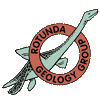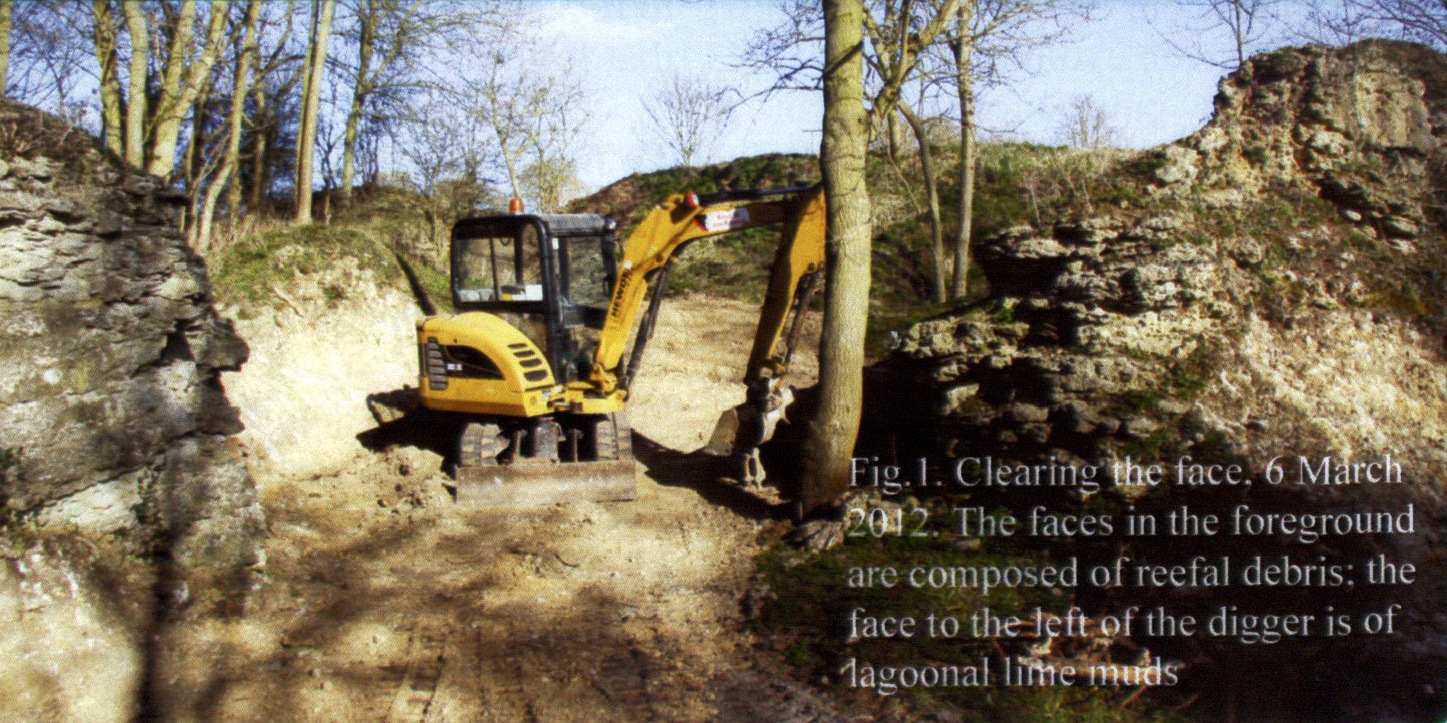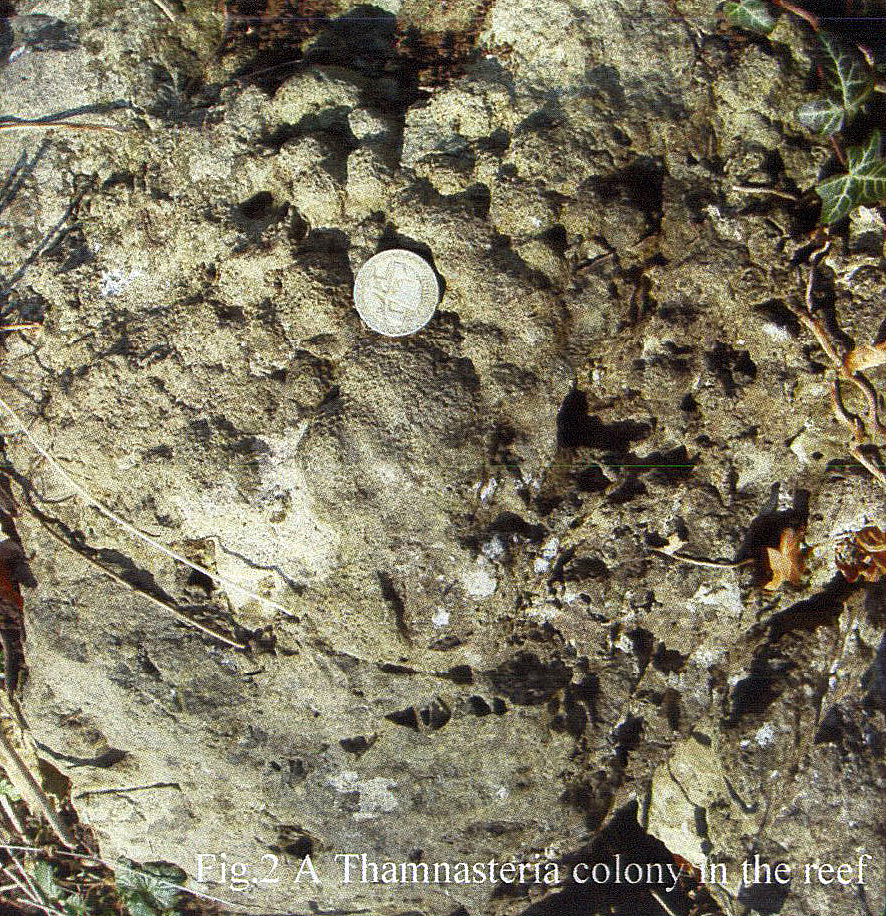The existence of Late Jurassic coral reefs at Betton Farm, East Ayton, has been known since the latter part of the 19th century. When John Wright and I talked about them to the Yorkshire Geological Society and RGG members here in Scarborough last March we suggested it represents a localised coral reef development lying near the base of the Malton Oolite Member of the Coralline Oolite Formation (Upper Jurassic). It had always been regarded previously as a local development of the slightly younger Coral Rag Member (the 'Coral Rag' of 19th century geologists).
The reef structures are visible in two small, long-disused quarries either side of the A170 immediately east of Betton Farm, East Ayton - which together form the Betton Farm Site of Special Scientific Interest (SSSI). The northern exposure (TA 002856) was cleared over 20 years ago and is now partially covered with vegetation again, and until recently the southern exposure (TA 001855) was almost completely overgrown. In early 2012 Natural England gave a grant for the current owners of the latter exposure, Basics Plus, to hire a JCB to clean up selected faces (Fig. l) and this was carried out under the writer's guidance. Since then a temporary excavation inside the entrance to the Betton Farm site has exposed more reef material, and one can also see corals in a limestone surface exposed on the driveway just inside the entrance. Corals are also ploughed up in part of the field opposite the entrance so reef growth occurred over quite an extensive area.
Cleaning the southern quarry has revealed a fascinating variety of sediments and faunas associated with the development of a Jurassic coral reef complex, from the reef itself to a lagoonal area where lime mud accumulated and was colonised by large gastropods (Phasianella) and burrowing bivalves. Patches of debris derived from the reef also accumulated and here echinoderms thrived. But this variation in rock type in one small quarry raises a fascinating question - what was the quarry actually worked for, well over a century ago? And does the irregular distribution of the remaining quarry faces give a clue? It looks almost as if the workmen's diggings were winding around to follow a particular rock-type. At that time local limestones were worked for building stones, roadstones, and lime production, and each product was derived from a different type of limestone. The answer appears to be given by Fox-Strangways (1892, p. 464) who noted that 'at Ayton ... the crystalline limestone of the Coral Rag... [is] used as roadstones'. The 'crystalline limestone' refers to recrystallised coral colonies (Fig. 2), so it looks as if the Victorian workers were removing reefal material and that the one remaining 'reef' is just a small part of a much more extensive network in the southern quarry. But it would be good to know if there are any local records about production from these two quarries - a challenge to our more historically-minded readers?
[Vol. I is available in the Scarborough Room of Scarborough Public Library. Volume 2 is solely a list of fossils].
Ed. Most volumes are available for viewing online or download: Volume 1 | Volume 2 | Volume 3 | Volume 4


